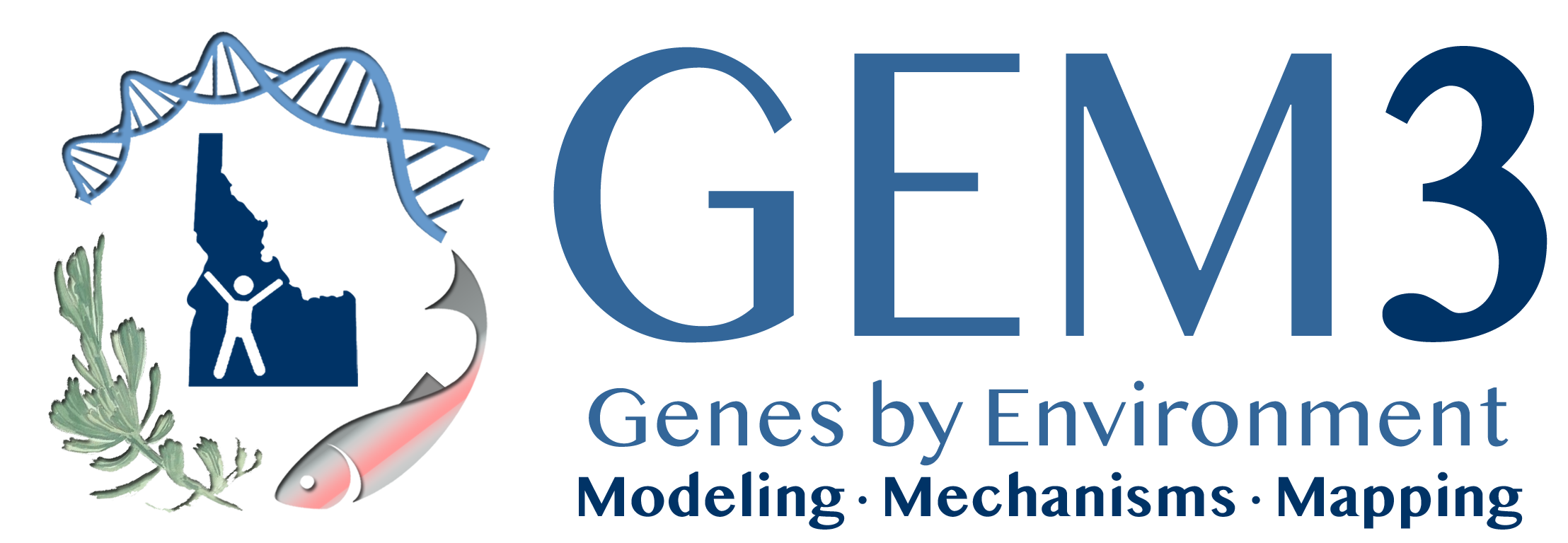Abstract
Premise
Adaptive traits can be dramatically altered by genome duplication. The study of interactions among traits, ploidy, and the environment are necessary to develop an understanding of how polyploidy affects niche differentiation and to develop restoration strategies for resilient native ecosystems.
Methods
Growth and fecundity were measured in common gardens for 39 populations of big sagebrush (Artemisia tridentata) containing two subspecies and two ploidy levels. General linear mixed-effect models assessed how much of the trait variation could be attributed to genetics (i.e., ploidy and climatic adaptation), environment, and gene–environment interactions.
Results
Growth and fecundity variation were explained well by the mixed models (80% and 91%, respectively). Much of the trait variation was attributed to environment, and 15% of variation in growth and 34% of variation in seed yield were attributed to genetics. Genetic trait variation was mostly attributable to ploidy, with much higher growth and seed production in diploids, even in a warm-dry environment typically dominated by tetraploids. Population-level genetic variation was also evident and was related to the climate of each population's origin.
Conclusions
Ploidy is a strong predictor growth and seed yield, regardless of common-garden environment. The superior growth and fecundity of diploids across environments raises the question as to how tetraploids can be more prevalent than diploids, especially in warm-dry environments. Two hypotheses that may explain the abundance of tetraploids on the landscape include selection for drought resistance at the seedling stage, and greater competitive ability in water uptake in the upper soil horizon.
Geographic origins of studied big sagebrush (Artemisia tridentata) populations. Subspecies/ploidy are shown by symbols (see legend). Common gardens Ephraim, Orchard, and Majors Flat are labeled. Blue fill, indicating the historical (1960 to 1990) climatic niche of Wyoming big sagebrush (A. tridentata subsp. wyomingensis), is shown for reference (adapted from Still and Richardson, 2015). Basin big sagebrush (A. tridentata subsp. tridentata) largely overlaps this distribution at this spatial scale.
| GEM3 author(s) | |
| Year published |
2021
|
| Journal |
American Journal of Botany
|
| DOI/URL | |
| Mentions grant |
Yes
|
